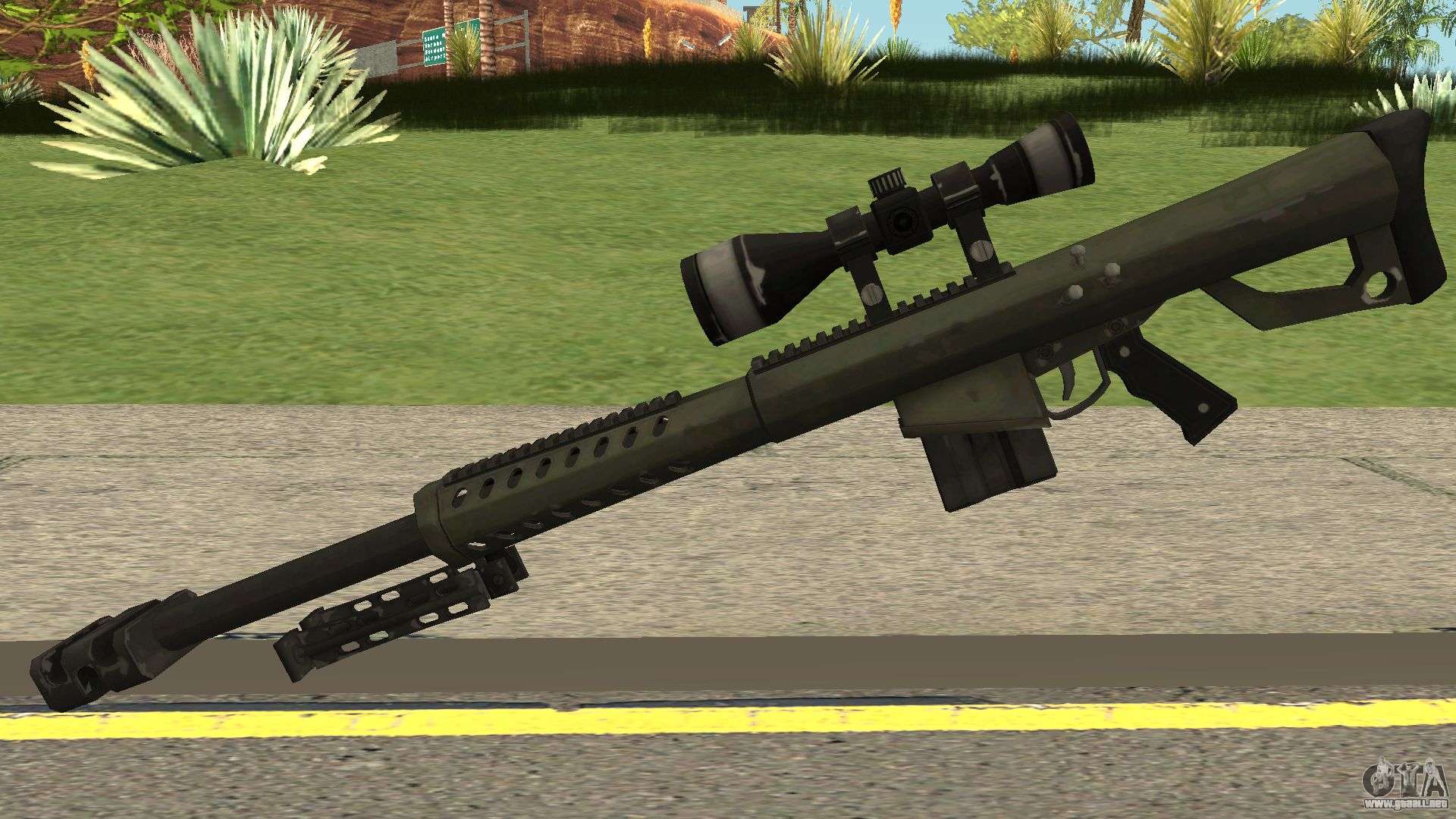

Immediately after launch, the RF seeker guides the missile towards the target and points the IR seeker to the target direction, initiating RF midcourse guidance.

The RF emission provided by the target's radar seeker is used by the dual-mode seeker of RAM for lock-on after launch and provides midcourse guidance the IR radiation of the target is used for terminal guidance. In its initial configuration (Block 0), RAM was designed to engage RF-radiating ASCMs, which represented the majority of the threat. The RAM Block 0 autonomous homing missile has a five-inch diameter airframe that rolls in flight and dual mode, passive radio frequency/infrared (RF/IR) guidance. The round pack consists of a 5-inch, supersonic missile and launching canister, which interfaces the missile and the launcher. The RAM Block 0 weapon system consists of a 21-round missile launcher, below-deck electronics, and a guided missile round pack. The missile itself is designated RIM-116A (Block 0) and RIM-116B, (Block 1).

The complete RAM Mk 31 Guided Missile Weapon System combines the Mk 44 Guided Missile Round Pack and the 21-cell Mk 49 Guided Missile Launching System (GMLS).

Operational since 1992, over 50 US and German ships are now armed with the missile, designed as an autonomous, quick-reaction, all-weather, fire-and-forget system using passive radio frequency/infrared (RF/IR) dual-mode guidance. Memorandums of Understanding between the United States and Germany have been signed for the development and production of the RAM Block 0 as well as for the development of RAM Block I. RAM is a NATO cooperative program with Germany. The launching system and missiles comprise the weapon system. The MK-31 RAM Guided Missile Weapon System (GMWS) is defined as the MK-49 Guided Missile Launching System (GMLS) and the MK-44 Guided Missile Round Pack (GMRP). Cueing is provided by the ship's ESM suite or radar. It is a 5 inch missile that utilizes SIDEWINDER technology for the warhead and rocket motor, and the STINGER missile's seeker. RAM is a joint United States and German venture to design an effective, low cost, lightweight quick-reaction, self-defense system which will increase the survivability of otherwise undefended ships. The RAM program is designed to provide surface ships with an effective, low-cost, lightweight, self-defense system which will provide an improved capability to engage and defeat incoming antiship cruise missiles (ASCMs).


 0 kommentar(er)
0 kommentar(er)
